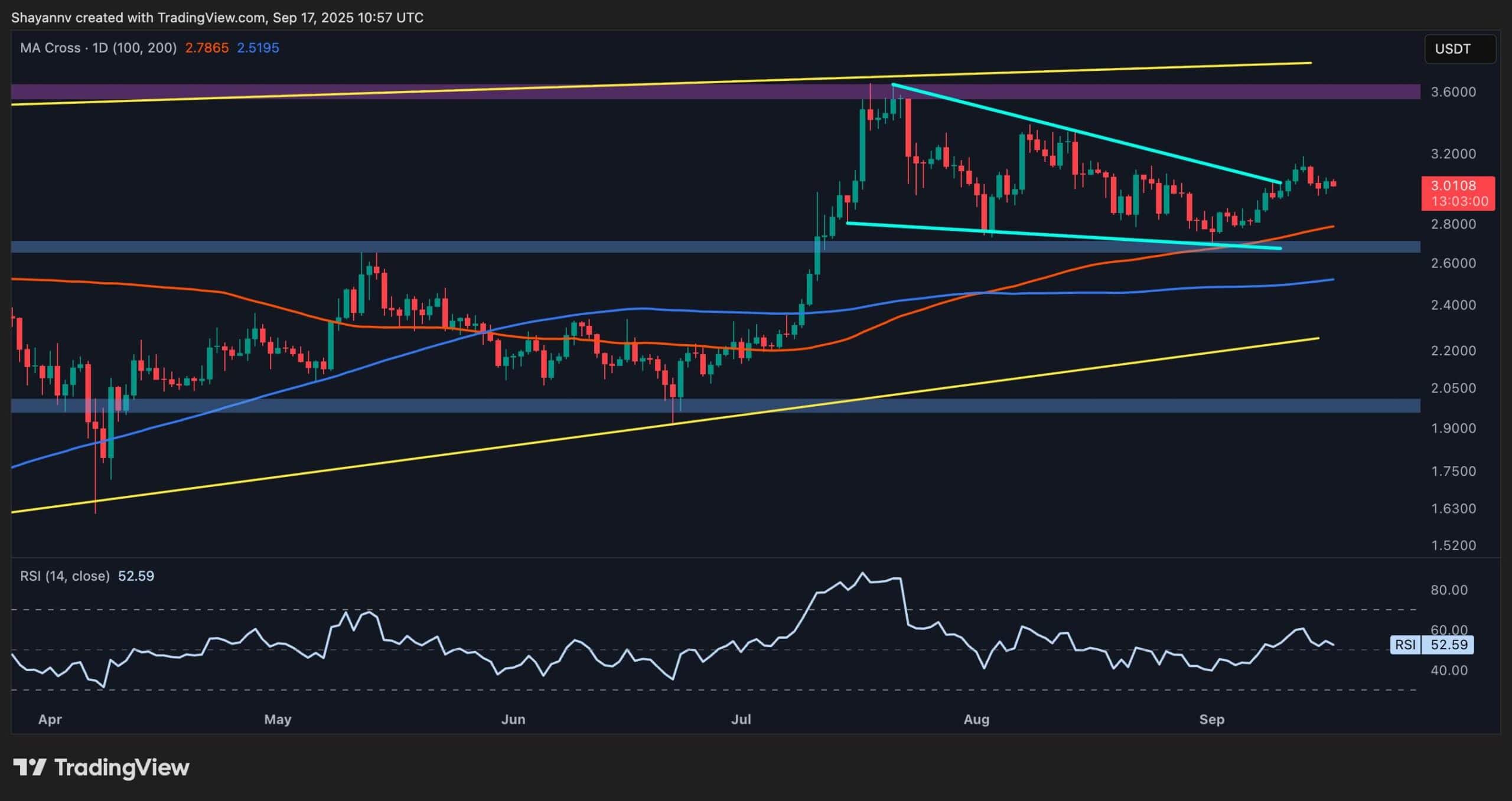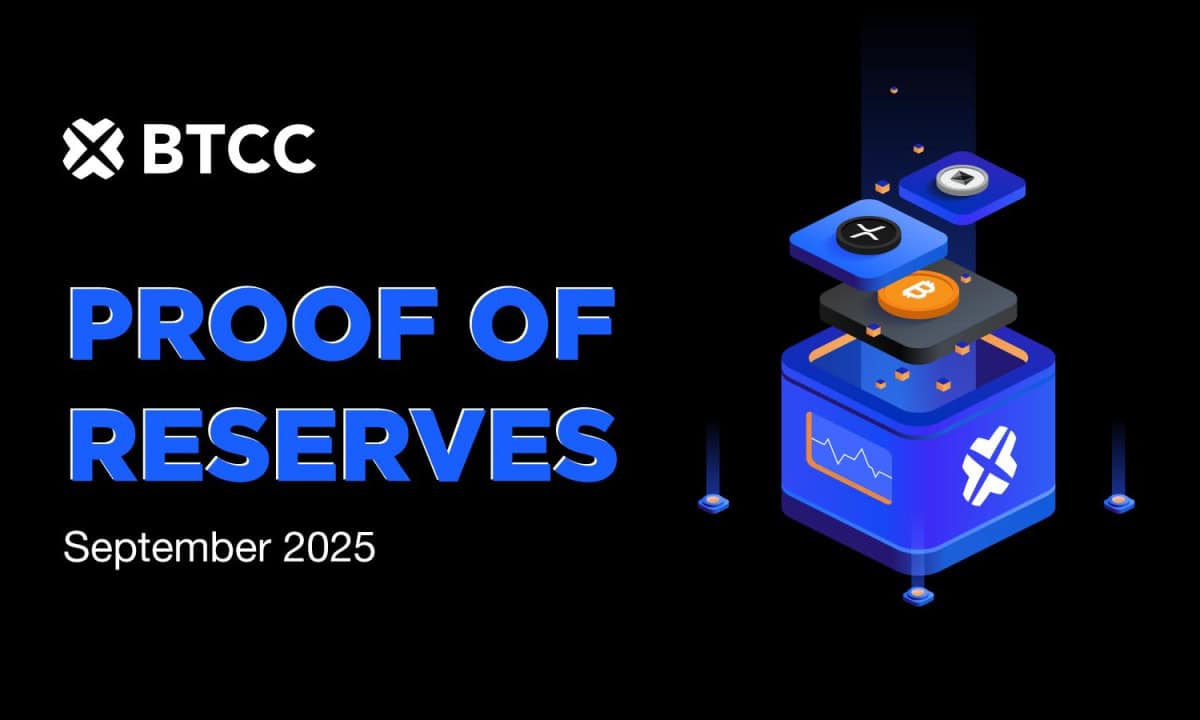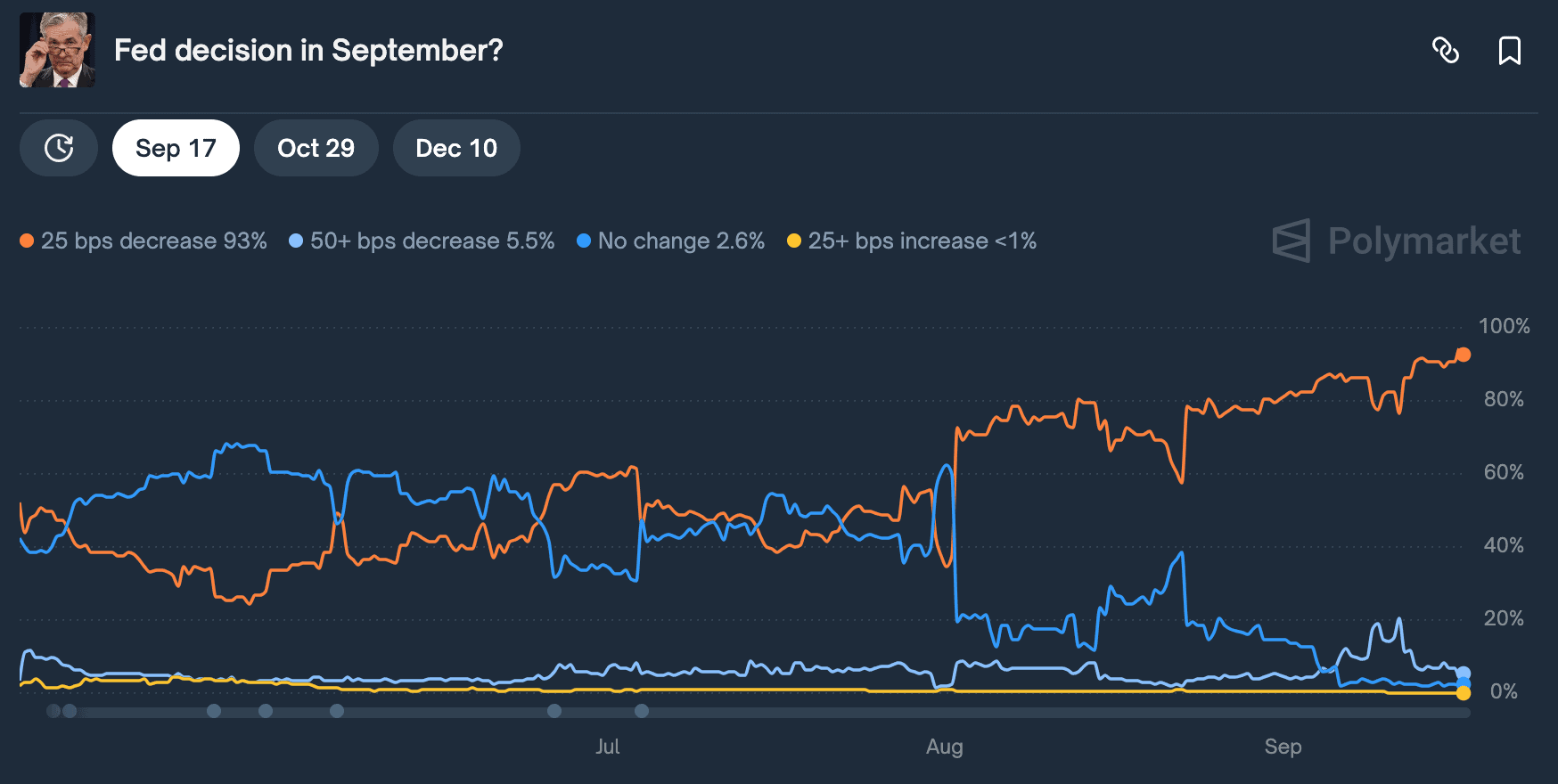3 Transitions Ethereum Needs To Make: Vitalik Buterin

Ethereum co-founder Vitalik Buterin believes Ethereum still requires “three major technical transitions” to fully mature as a tech stack – and anything less will be insufficient.
In a Friday blog post, the developer highlighted what’s needed to implement each of his ideal improvements, which could include “deep changes from applications and wallets.”
Scaling, Security, and Privacy
According to Buterin, Ethereum’s three transitions include layer-2 scaling (rollups), enhanced wallet security (smart contract wallets), and improved privacy – for both standard funds transfer and other Ethereum applications.
“You can only pick 3 out of 3,” wrote the developer. Failure of just one of these transitions would mean a failure of the entire protocol, as users are incentivized to adopt cheaper “centralized workarounds” that are more reliable and “somewhat hide your data.”
Yet the transitions will be difficult: for instance, the adoption of layer 2 protocols, and stealth addresses, will encourage users to use far more blockchain addresses, dismantling the “one user ~= one address mental model,” the ecosystem has grown familiar with. For Buterin, this raises the following questions:
“If you want to pay someone, how will you get the information on how to pay them?… If users have many assets stored in different places across different chains, how do they do key changes and social recovery?”
Each transition will also require updated secondary infrastructure. “Using ENS is expensive,” wrote Buterin, referencing the Ethereum Name Service – a system for applying human-readable names to blockchain addresses.
During a bull market, Buterin estimated that fees to register a domain name could surge back above $100. Thankfully, ENS has been developing tools to make its system work on L2, which will enable the “nearly-free” domain registration needed for “people to actually use ENS.”
“Radical reforms of the kind that we need are actually possible,” wrote Buterin, “But there’s a lot more application-layer reform that will need to be done.
Ethereum’s Core Use Cases
In December 2022, Vitalik reflected on Ethereum’s feasible use cases, stating that “money” is still the most important application ever discovered for blockchain.
Others like decentralized finance (DeFi) remain relevant, however, so long as it sticks to simple over-collateralized loan products, and doesn’t inflate into an “overcapitalized monster” reliant on unsustainable forms of yield farming.”
Some ideas, however, are not realistic:
“Industrial supply-chain applications have not gone anywhere,” he wrote at the time. “Decentralized Amazon on the blockchain has not happened.”
Binance Free $100 (Exclusive): Use this link to register and receive $100 free and 10% off fees on Binance Futures first month (terms).
PrimeXBT Special Offer: Use this link to register & enter CRYPTOPOTATO50 code to receive up to $7,000 on your deposits.




